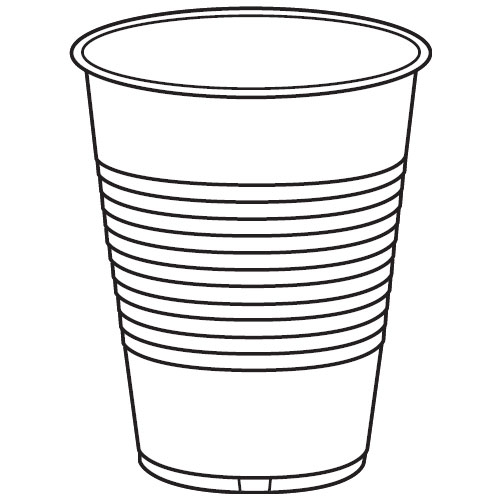Well there's no reason that the lens curve has to be the entire "cup".. the lens could simply be the BOTTOM of a more pronounced and sharper dimple in the bottom of the container that spins.
Think of the spinner as being formed from two of these, where the bottom of the cup is the lens, and the two cups are attached at their wider mouths.

And of course there is no reason the container has to be symmetrical. you could have the sharp-sloped cup on one and and more of a half-sphere on the other (like an ice cream cone) -- whatever would better tumble the die. The key thing is that when the cup end comes to rest, it constrain the die to a very narrow region on the base. That has 2 advantages: First, it centers it above camera more narrowly, and second, it means less clearance distance needed so the bottom of the cup can be closer to camera.
